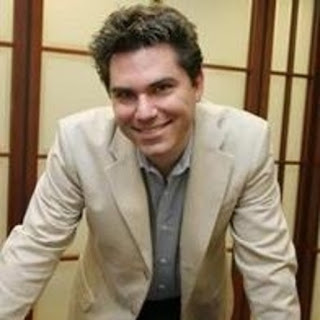Literature Review #3
“‘Sheet Happens!’ Advancing Ghost Studies in the Analytics Age” by James Houran
Houran, James. “‘Sheet Happens!’ Advancing Ghost Studies in the Analytics Age.”
Australian Journal of Parapsychology, vol. 17, no. 2, Dec. 2017, pp. 187–206.
EBSCOhost, search.ebscohost.com/login.aspx?
direct=true&db=aph&AN=127093363&site=ehost-live.
(Link: https://login.proxy.libraries.rutgers.edu/login?url=https://search.ebscohost.com/login.aspx?direct=true&db=aph&AN=127093363&site=ehost-live)
This paper discusses many of the issues with modern-day ghost studies, such as an over-reliance on gadgets, and proposes a possible solution in order to advance ghost studies.
James Houran is a parapsychologist. He also has a Master’s Degree in Clinical Psychology from the University of Illinois at Springfield (USA) and a Doctorate in Medicine (Psychology) from the University of Adelaide (Australia). His research has been in outlets and programs such as BBC, National Geographic, and USA Today. He also serves as an editorial board member for several journals, such as the Journal of the Society for Psychical Research, Australian Journal of Parapsychology and Psychology of Consciousness: Theory, Research and Practice.
One key term in this paper is “gadget envy,” which refers to how paranormal investigators feel as if they must have the most complicated-looking scientific gadgets in order to attract attention from the media. Another key term is “pathological science,” which refers to when people are tricked into believing false results, not because of actual dishonesty, but because of a lack of scientific understanding.
Quotes:
1. “Scientific equipment also often looks ‘cool’ and makes it operators [sic] appear smart and credible to lay-audiences and the media. But the downside is that sometimes style trumps substance. That is to say, the instrumentation and its users become quasi-celebrities and the focus of news stories versus the scientific theories that drive the use of the technology” (Houran 189)
2. “Potts (2004) and Hill (2010) have perhaps conducted the seminal research on this topic and discussed how these [amateur ghost-hunting] groups generally exhibit a poor grasp of the academic literature, apply virtually no research controls (much less actually test hypotheses) and therefore fail in most respects to contribute to cumulative theory-building” (Houran 193).
3. “Paranormal-oriented terms or labels are at best descriptive, not explanatory. Since such concepts have yet to be scientifically identified and defined, these terms and their corresponding rationales do not lend themselves well to clear, falsifiable hypotheses, and, as such, do not really contribute to quantitative model- or theory-building” (Houran 197-198)
This source provides a unique perspective compared to the other sources that I have found. The majority of the articles and papers that I have found about the scientific side of ghost-hunting were written by skeptics. However, James Houran, as a parapsychologist, is most likely a believer who essentially studies ghosts for a living. Even so, Houran still does not approve of investigators’ heavy reliance on ghost-hunting gadgets, which I find interesting and would like to incorporate into my paper.


Comments
Post a Comment